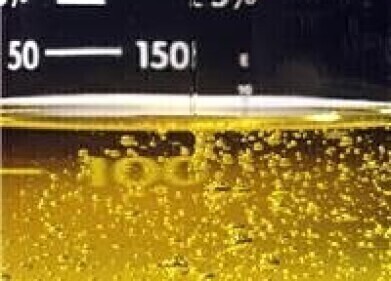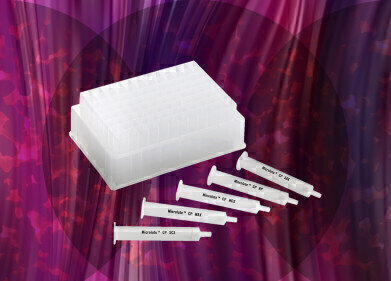Solid Phase Extraction (SPE)
Is That Cod Fresh? Chromatography Can Tell You
Jun 03 2016
As the population grows, food sources and security before increasingly important — and one foodstuff that is becoming increasingly important is fish. As global consumption of fish increases it puts stress on the stock in the seas and oceans — and also on the supply chain
One of the many problems is that like many natural goods — fish has a limited shelf life. Depending on the type and fish and the storage and preparation conditions, this can be from a few days to a few weeks. And this can lead to difficulties for consumers in determining the freshness of a piece of fish.
So fresh it’s still swimming
But research into a new chromatography method to help determine the freshness of fish — in this instance cod — has been published in the Journal of the Science of Food and Agriculture — which is good news for consumers who want their cod fresh. Current methods of determining fish freshness rely on sensory, physical or microbial methods — with sensory analysis the most widely used technique.
All of these techniques have drawbacks — sensory analysis needs a highly trained and available panel of experts to assess freshness and microbial techniques can be long-winded. So the need for a straightforward and reliable method of determining fish freshness is needed.
Can you differentiate between TMA and DMA?
Once a fish is dead — several changes occur that result in a decrease of freshness and an increase in spoilage. The new method relies on accurately measuring the changes in two of the compounds that increase in concentration as the fish loses its freshness — trimethylamine (TMA) and dimethylamine (DMA), components of the total nitrogen content of the fish.
Saltwater fish contain a compound called trimethylamine N-oxide (TMAO) in their flesh. After death, TMAO is broke down into DMA and TMA — DMA contributes to the overall flavour of the fish and TMA is responsible for the fishy odour we can smell — both are directly related to the quality and freshness of cod.
Chromatography can measure a cod’s shelf-life
Although several methods were available to quantify these compounds — they required extensive sample preparation and the use of toxic consumables. The new method used solid-phase micro-extraction (SPME) to prepare the samples — followed by gas chromatography and mass spectrometry (GC-MS). The use of SPME-GC-MS is discussed in this article, Sample Preparation Options for Aroma Analysis.
The method that the team developed measures the DMA and TMA quantities in the fish — and uses commercially available consumables. It was tested using samples of cod purchased from a market in France — which were analysed and given an age based on sensory analysis before the new method was used.
Although neither DMA or TMA concentrations correlated with the freshness measured by sensory analysis — the DMA/TMA ratio (DTR) showed good agreement with sensory analysis — with the authors suggesting that DTR could be a good indicator of freshness in cod.
Now if my chip-shop can just get some fresh batter…
Digital Edition
Chromatography Today - Buyers' Guide 2022
October 2023
In This Edition Modern & Practical Applications - Accelerating ADC Development with Mass Spectrometry - Implementing High-Resolution Ion Mobility into Peptide Mapping Workflows Chromatogr...
View all digital editions
Events
ACS National Meeting - Fall 2024
Aug 18 2024 Denver, CO, USA
Sep 04 2024 Chiba, Tokyo, Japan
Sep 04 2024 University of Warwick, Coventry, UK
Sep 10 2024 Rockville, MD, USA
Plastics Recycling World Expo Europe
Sep 11 2024 Brussels, Belgium














